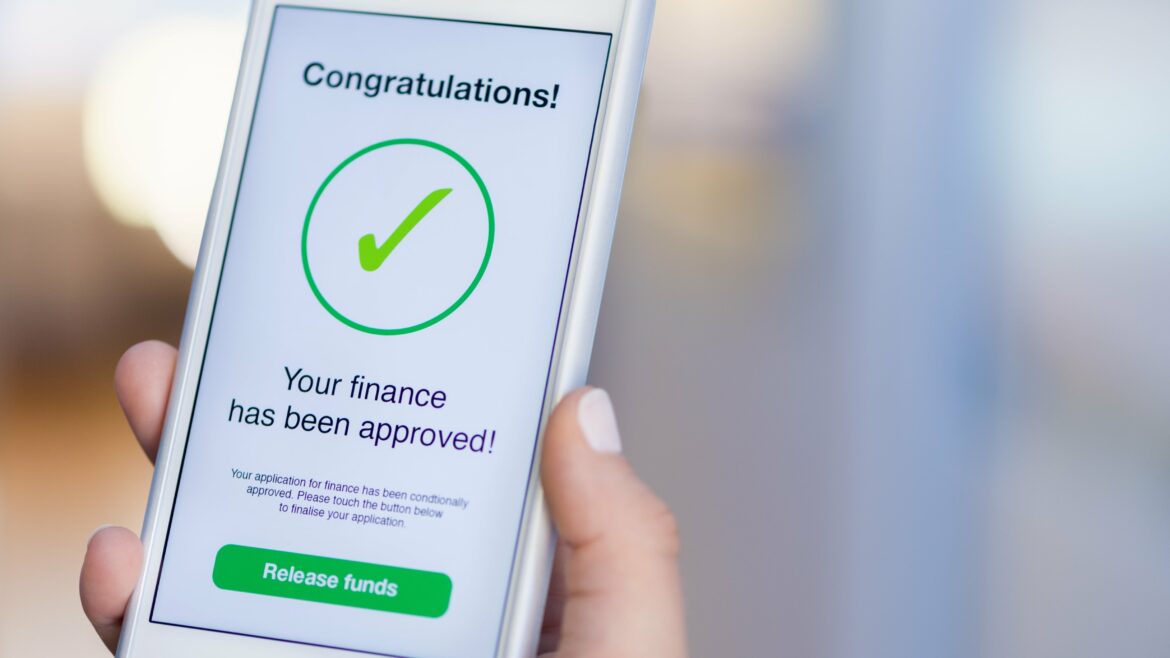Finding the right tools for the right environment, market, or access channel is more critical than it’s ever been. As far as that’s concerned for credit unions and other financial institutions, many are looking to acquire a secondary Loan Origination System (LOS) to service new loans. But what is the temptation for a secondary loan system and what research should credit unions conduct before investing?
What’s the incentive for a secondary LOS?
There are three main driving forces behind this trend. First, there is the excitement of what’s new. A secondary LOS is a shiny new toy that has promised credit unions they will see their loan volumes triple overnight. For credit unions looking to expand their loans, that promise seems incredibly hard to turn down.
Number two is the customizability available in secondary LOSs. No matter how heavy that accompanying workload is, the implied flexibility speaks to many. Customization is something that is sold extensively. You can make it any color. You can select any field and it will gather the data and do magical things with it.
The third is specialization. Whether it is commercial lending, indirect lending, or otherwise, these services are often sold from a specialized standpoint. Say a credit union is noticing that the majority of their loans are coming from mortgages. Well, they might not think a single LOS or a mortgage expert is enough. They may want a mortgage specialty platform or a commercial specialty platform and thus, turn to that secondary LOS.
But despite these draws, many credit unions are wary of jumping into bed with a third-party LOS or have concerns about the additional workload a new LOS might entail. If your credit union falls into that category, there are a number of things you should consider before taking on a secondary LOS and several ways you can improve upon your current system.
Take advantage of what you have
My crawl, walk, run suggestion to a credit union interested in a secondary LOS would be if you’re hesitant to engage another LOS, start exploring how you open up channels and lower barriers of access to your members before taking the next step. Your problem may not be a lack of a secondary loan system, but a clunky application of your primary LOS. Think of it as an opportunity to do a deep dive with your primary LOS. Look at it with the same fresh set of eyes that you are using to evaluate a secondary LOS.
Take a look into your current loan origination system and determine where you may be missing opportunities. Have you utilized all the tools at your disposal? When was the last time you explored the options available in your core and all the ways you could use them to your benefit? Talk to your current provider and see what features you may not have known existed and what they recommend for you. You may find that a simple tune-up could improve your entire loan process and lower barriers, resulting in more loans.
The bottom line is to take advantage of the existing tools you have on your core to get easy loans at a low-cost point and remove the barriers that may prevent a member from applying for that loan. Make sure that you’re in as many games as you can be today without buying into any more.
Make it online
My next suggestion is to explore all the different channels that you have, particularly in the electronic environment or online environment, before you look for a secondary LOS. I don’t go into a credit union anymore unless I want to take out some big bills or have a mortgage closing. If I want to get a car loan, a credit card, or anything else, I don’t turn to a branch. I’ll find my phone and make it happen.
So the challenge becomes figuring out how all credit unions can build channels for their members to service them when and where they want to do business. Online happens to be one of those arenas in today’s market and will only grow as both technology and member expectations leapfrog one another on the way to the future. Become an expert in delivering one loan type electronically and move to the next. Challenge the way things have been done and then evolve policies and procedures to keep up.
Know its limitations
Finally, while these external loan origination systems may promise you’ll see a sizeable increase in loan applications, let me be clear: for all the potential benefits, the one thing an external LOS won’t do is find new loans for you. However, it will provide your credit union a channel through which to gain more, which can be a great asset.
Theoretically, you could do twice as many loans, but it doesn’t mean you’ll have gone from 100 applications this month to 200 applications next month simply because you bought another LOS. That’s one of the common misperceptions that are often hard to look at and really process.
In fact, I’d be so bold as to argue you won’t get more applications. But, you will have the ability to do more. You’d be investing a good deal into a new toolset with a secondary LOS, and if you’re doing so under the guise of a magical increase in loans, take a step back. As much as you’re willing to invest in this system, you need to be investing just as much in marketing and generating new leads. That’s what will truly increase your credit union’s loan numbers.
Look before you leap
None of this is to say your credit union couldn’t benefit from a secondary loan origination system. If your current system is working well but you’re in the market for something more specialized, a secondary LOS may be the way to go. That being said, make sure you’ve done your homework beforehand and maximize what you can from your current system. Make use of all the tools available to you and lower barriers for members by providing online and mobile applications.
Finally, understand that at the end of the day, secondary LOS or not, nothing is going to go out and get loans for you. It’s a balance of using your tools, marketing your offerings to current and potential members, and making your credit union the one they choose to do business with.






















































